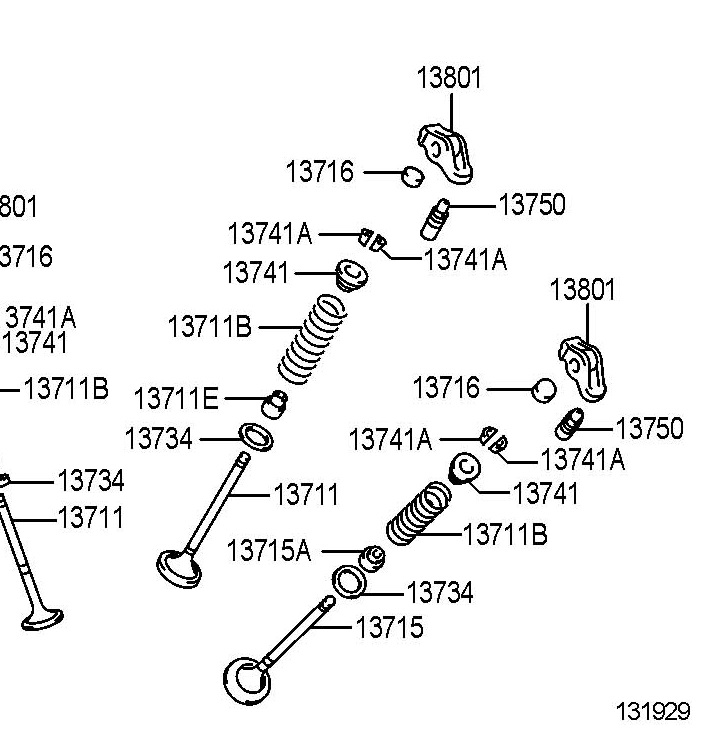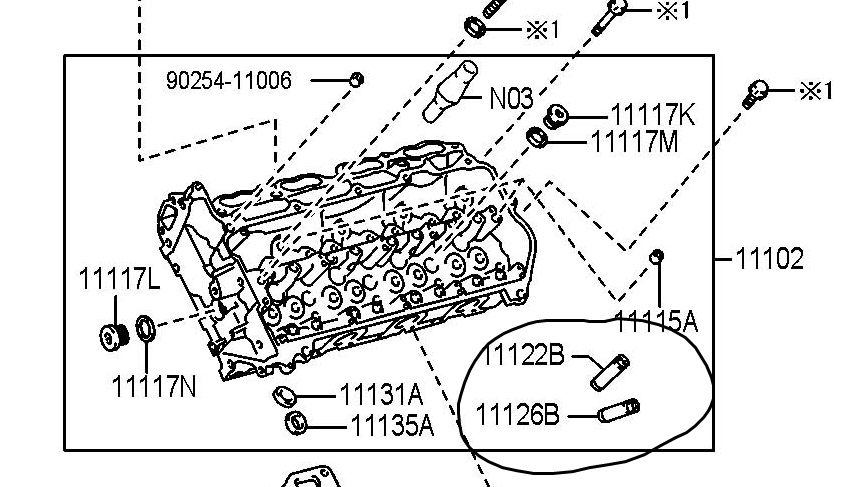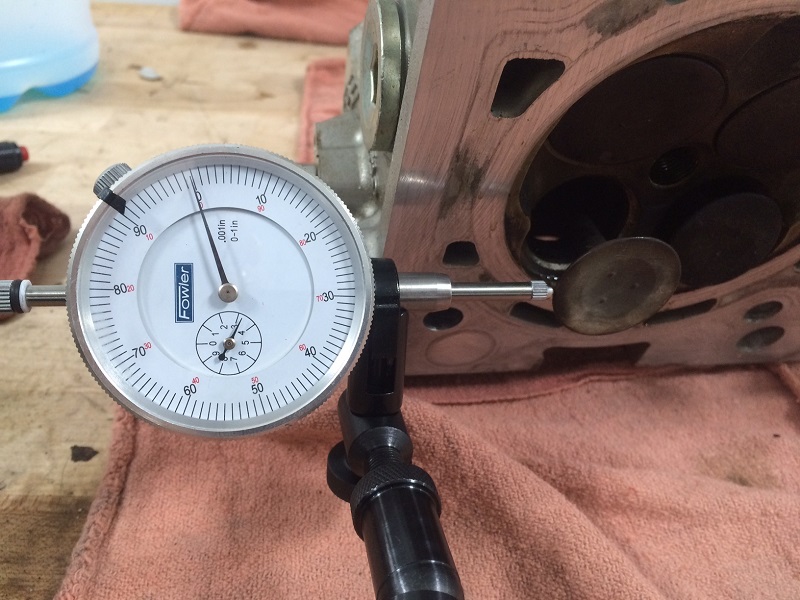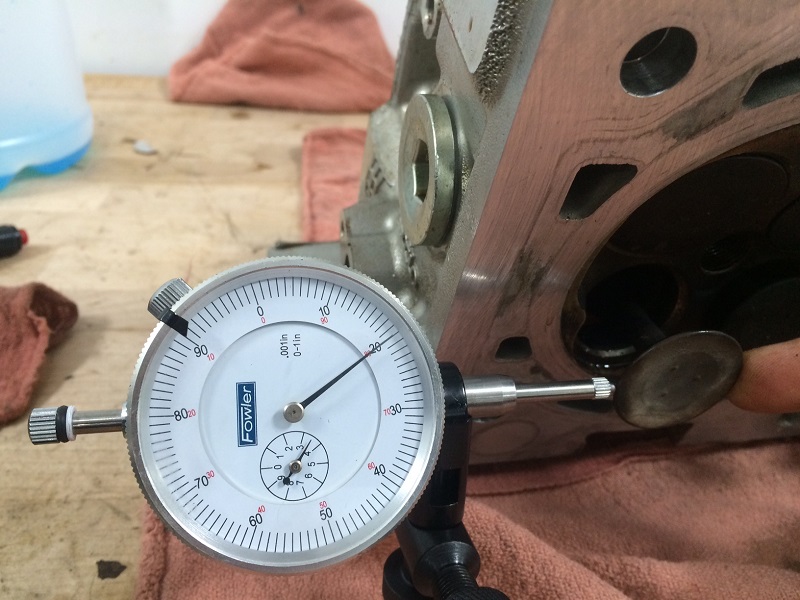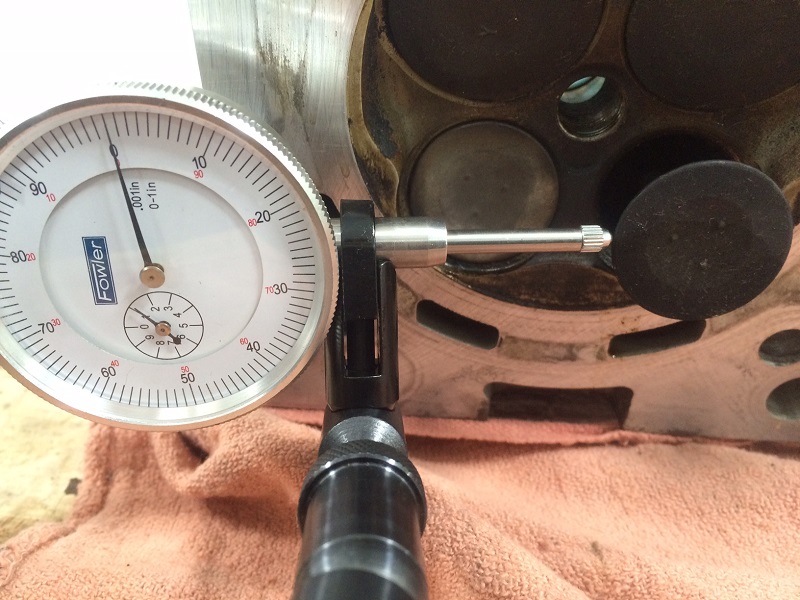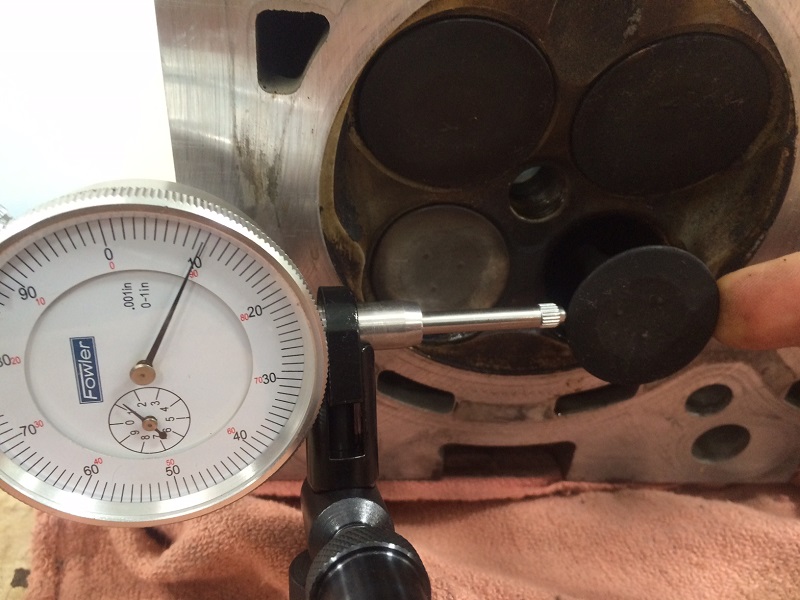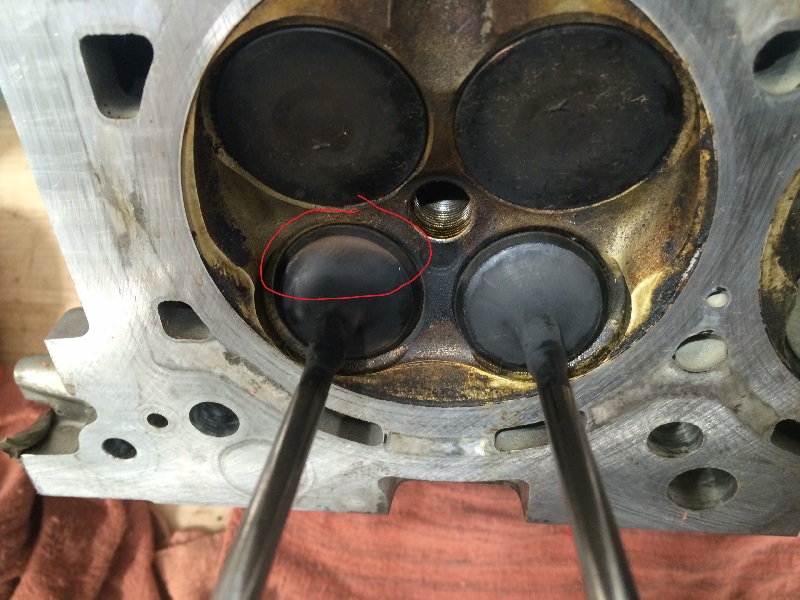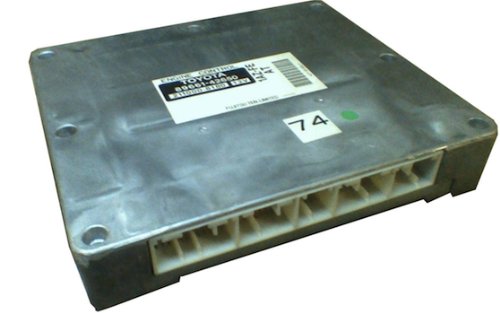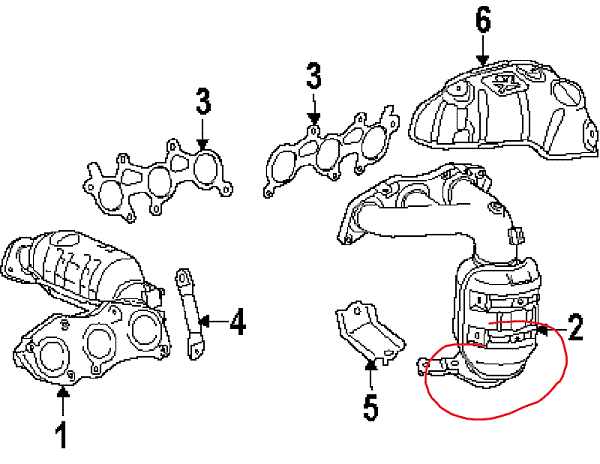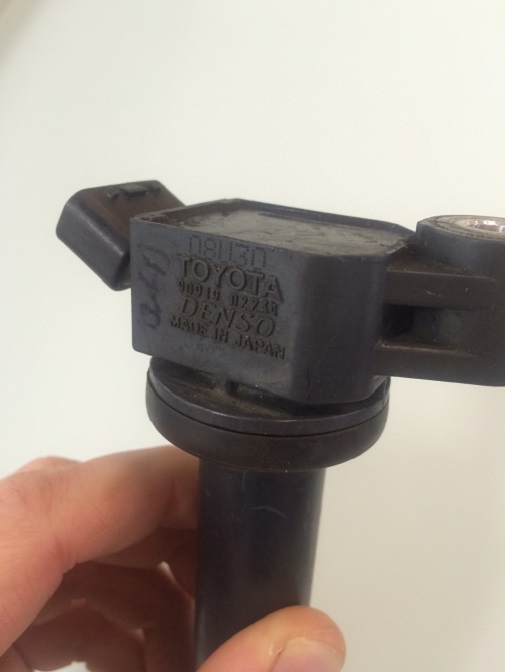CARspec is hearing increased complaints of hesitation when accelerating from Lexus LS460 and LS600h owners as the cars age. This is a known issue with both vehicles. The hope of this blog is for LS460 and LS600h owners to gain a better understanding of the repairs outlined in Lexus repair bulletin L-SB-033-08 Rev2, what it means for the health of your LS460 or LS600h and how a Toyota or Lexus mechanic may consider repairing the condition. The symptoms are typically poor response when pressing the throttle, increasing RPMs with little speed increase, and overall sluggishness. The problem is intermittent, leading to misdiagnosis or frustration when the concern can’t be duplicated.
The root of the issue lay in the valve guides – they develop excessive clearance, leading to noise mistaken by the ECM as engine knock. Because the knock noise isn’t real engine knock (a false positive caused by the failed guides) the ECM falls into a loop correcting for knock, pulling ignition timing, hearing more knock, more pulled ignition timing, etc. until the car has no power. Read on for a more in-depth explanation.
The valves are opened to allow air/fuel into and exhaust gases out of the engine. Along the length of the valve stem they are secured inside a valve guide.
An exploded view of the assembly is seen above. The valve guides are pressed into the cylinder head, shown removed in this exploded diagram of the parts, circled:
Normal specification calls for only a few thousands of an inch clearance between the valve stem and guide, keeping the valve true as it opens and closes. They are included with the cylinder head assemblies and, per Lexus, are not serviceable on their own.
On symptomatic LS460s and LS600hs the clearance between the valve stem and guide becomes excessive on one or more valves. As the valve opens it rocks back and forth in the guide, creating noise at very specific frequency the engine’s four knock sensors are tuned to hear. This frequency is normally indicative of abnormal combustion or detonation, something the ECM corrects for by retarding the ignition timing. As the ECM tries to correct for the noise the knock sensors hear, not actually caused by abnormal combustion but by the valve stem rocking in the guide, it pulls more and more timing leading to low power and a hesitation. It’s a comedy of errors – an internal mechanical issue causing the ECM to pull timing until the car doesn’t want to move.
Here is an example of excessive valve play from an affected LS460. First one of the #2 exhaust valves that was the cause of the issue at rest. The valve is pushed out so the other end is flush with the valve seal.
Here’s the same valve with light pressure applied pushing it to the left. The dial indicates about .020″ of freeplay:
Now here’s the other #2 exhaust valve without excessive clearance pushed out the same distance:
And here it is with light pressure pushing it to the left:
This isn’t an official Lexus specification, only to illustrate the freeplay that the valve guides (the root cause of this issue) develop. The suspect valve also showed minor signs of burning that supported the diagnosis:
The light brown indicates a hot spot on the valve’s back – the poor sealing of the valve allowed for combustion to sneak past the valve seat. All of the exhaust valve had a wide range of freeplay, the above being the worst.
A Toyota or Lexus mechanic can confirm the condition (without taking the engine apart) a few ways. The first and best is to test drive the vehicle monitoring the Knock Correct Learn Value against the Ignition Advance. If the Knock Correct Learn Value goes from 17.0 CA to under 12.0 CA and the Ignition Advance goes negative when symptomatic, the condition is likely caused by the valve guides. The spark plug of the affected cylinder is usually fouled more than its neighbor due to the leaking of oil down the failed guide. A cylinder leak down test of the suspect cylinder will also leak if the valve stem is lightly pushed side to side (it should normally stay sealed even with moderate tapping) and is a quick check of guide clearance. In severe cases the car may log partial misfires.
Some 2007-2008 LS460s may have luck by updating to the latest ECM calibration to correct the issue. There are varying reports of the reprogramming’s success on ClubLexus.com, with some owners upset the condition returned after a few weeks of improvement after the ECM update.
If the ECM already has the latest calibration or is a 2009-2012, both cylinder heads, both cylinder head covers and all 32 intake and exhaust valves need to be replaced. Lexus has updated the cylinder heads to help prevent this condition in the future.
As Eden Prairie and Chanhassen’s Toyota and Lexus repair specialist, we hope this helps LS460 and LS600h owners understand this nuisance issue and the repair involved. CARspec is one of the few independent repair shops qualified to perform this major engine repair. If you have any questions, would like the condition checked out on your LS460 or LS600h or would like a quote on diagnostics call us today!

